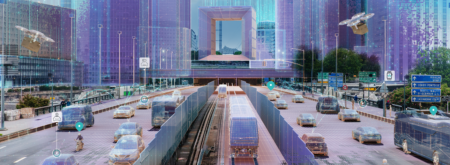Over the last 12 months, Traffic Technology Today has featured several stories concerning the increasing use of geographic information system (GIS) by transportation agencies to improve their day-to-day operations.
As well as providing general mapping and location information, GIS technology also enables agencies to visualize, question, analyze, and interpret their data, in order to better understand relationships, patterns and trends.
Three of the projects covered by TTT have involved Esri, a leader in GIS technology, with Departments of Transportation (DOTs) in Michigan (graffiti removal from road signs), Iowa (pavement management), and Massachusetts (pothole repair program), using the company’s services. To find out more, TTT spoke to Esri’s global transportation industry manager, Terry Bills, for some additional insight into the potential uses of GIS.
• How GIS can help agencies ensure they are making the best strategic decisions;
• The contribution GIS-based platforms can make to ‘Smart City’ projects;
• Why multiple agencies should collaborate on solving mobility issues using next-generation ‘geohubs’;
• The role of GIS in the future roll-out of connected and autonomous vehicles;
• Use of GIS in communicating the benefits of congestion charging or Clean Air Zones to the public;
• A best practice multimedia guide that informs citizens in Pennsylvania about future transport policy;
• Mobility-as-a-Service (MaaS) as the future of urban transport.




